Description
Boosting Performance: Understanding and Utilizing Lubricity Enhancers
In the intricate world of mechanical systems, friction is a constant adversary. It leads to energy loss, wear and tear, and ultimately, reduced efficiency and lifespan. While lubricants are the first line of defense against friction, sometimes, the demands are too high. This is where lubricity enhancers come into play, acting as powerful allies in the battle against friction and extending the capabilities of base lubricants.
What are Lubricity Enhancers?
Lubricity enhancers, sometimes referred to as friction modifiers, are additives incorporated into lubricants to further reduce friction between moving surfaces. They achieve this by forming a thin, durable film on the metal surfaces, smoothing out microscopic irregularities and reducing the coefficient of friction. Unlike extreme pressure (EP) additives, which primarily function under high load and temperature conditions, lubricity enhancers operate effectively under lower loads and boundary lubrication regimes.
How They Work:
The mechanism of action for lubricity enhancers varies depending on their chemical composition. However, the core principle is to create a protective layer that minimizes direct metal-to-metal contact. Here’s a simplified breakdown:
- Adsorption: Lubricity enhancers contain polar molecules that are attracted to metallic surfaces. They adsorb onto the metal, forming a thin, tightly packed layer.
- Film Formation: This adsorbed layer acts as a barrier, reducing friction by promoting sliding between the enhancer film rather than the metal surfaces.
- Chemical Reaction (Sometimes): Some lubricity enhancers react chemically with the metal surface to form a low-shear-strength film, further reducing friction.
Types of Lubricity Enhancers:
A diverse range of chemicals can act as lubricity enhancers, each with its own advantages and limitations. Some common types include:
- Fatty Acids and Esters: These are among the oldest and most widely used lubricity enhancers. They derive from natural sources and offer good biodegradability in certain applications. Examples include oleic acid and various vegetable oil esters.
- Organic Friction Modifiers (OFMs): This broad category encompasses various synthetic compounds designed for specific applications. They often provide superior performance and thermal stability compared to fatty acids. Examples include glycerol monooleate (GMO) and various amines and amides.
- Solid Lubricants: Microscopic particles of solid materials like molybdenum disulfide (MoS2), graphite, and polytetrafluoroethylene (PTFE) can act as lubricity enhancers. They provide a lubricating effect by shearing easily under pressure.
- Boron-Based Additives: Boron compounds, such as boric acid and borate esters, can form a protective layer on metal surfaces, reducing wear and friction.
Applications Across Industries:
The versatility of lubricity enhancers makes them valuable in numerous industries:
- Automotive: In engine oils, transmission fluids, and greases, they improve fuel efficiency, reduce wear, and enhance component lifespan.
- Metalworking: In cutting fluids and drawing compounds, they facilitate metal forming processes by reducing friction and preventing galling.
- Industrial Machinery: In hydraulic fluids, gear oils, and bearing lubricants, they minimize wear and tear, leading to increased equipment reliability and reduced maintenance costs.
- Hydraulics: Reducing friction within hydraulic pumps, valves, and cylinders improves efficiency and minimizes energy loss.
- Aerospace: In specialized lubricants for aircraft components, they ensure reliable operation under demanding conditions.
Benefits of Using Lubricity Enhancers:
Incorporating lubricity enhancers offers a multitude of benefits:
- Reduced Friction: The primary benefit is a significant reduction in friction, leading to smoother operation and improved efficiency.
- Improved Fuel Efficiency: In engines and other machinery, reduced friction translates directly into improved fuel economy.
- Reduced Wear: By minimizing direct metal-to-metal contact, they significantly extend the lifespan of components.
- Lower Operating Temperatures: Reduced friction generates less heat, leading to lower operating temperatures and improved lubricant stability.
- Extended Lubricant Life: By protecting the lubricant from degradation, lubricity enhancers can prolong its useful life.
- Noise Reduction: Reduced friction often results in quieter operation of machinery.
Choosing the Right Lubricity Enhancer:
Selecting the appropriate lubricity enhancer depends on several factors:
- Application Requirements: Consider the operating conditions, load, temperature, and speed of the application.
- Compatibility: Ensure compatibility with the base lubricant and other additives.
- Material Compatibility: Verify that the enhancer is compatible with the materials of the moving surfaces.
- Environmental Considerations: Consider the environmental impact of the enhancer, including biodegradability and toxicity.
- Performance Requirements: Define the desired level of friction reduction and wear protection.
Conclusion:
Lubricity enhancers are essential tools for optimizing the performance and extending the lifespan of machinery and equipment. By understanding the principles behind their operation and carefully selecting the right enhancer for the application, engineers and maintenance professionals can unlock significant benefits in terms of efficiency, reliability, and cost savings. As technology advances and demands on lubricants increase, the importance of lubricity enhancers will only continue to grow.

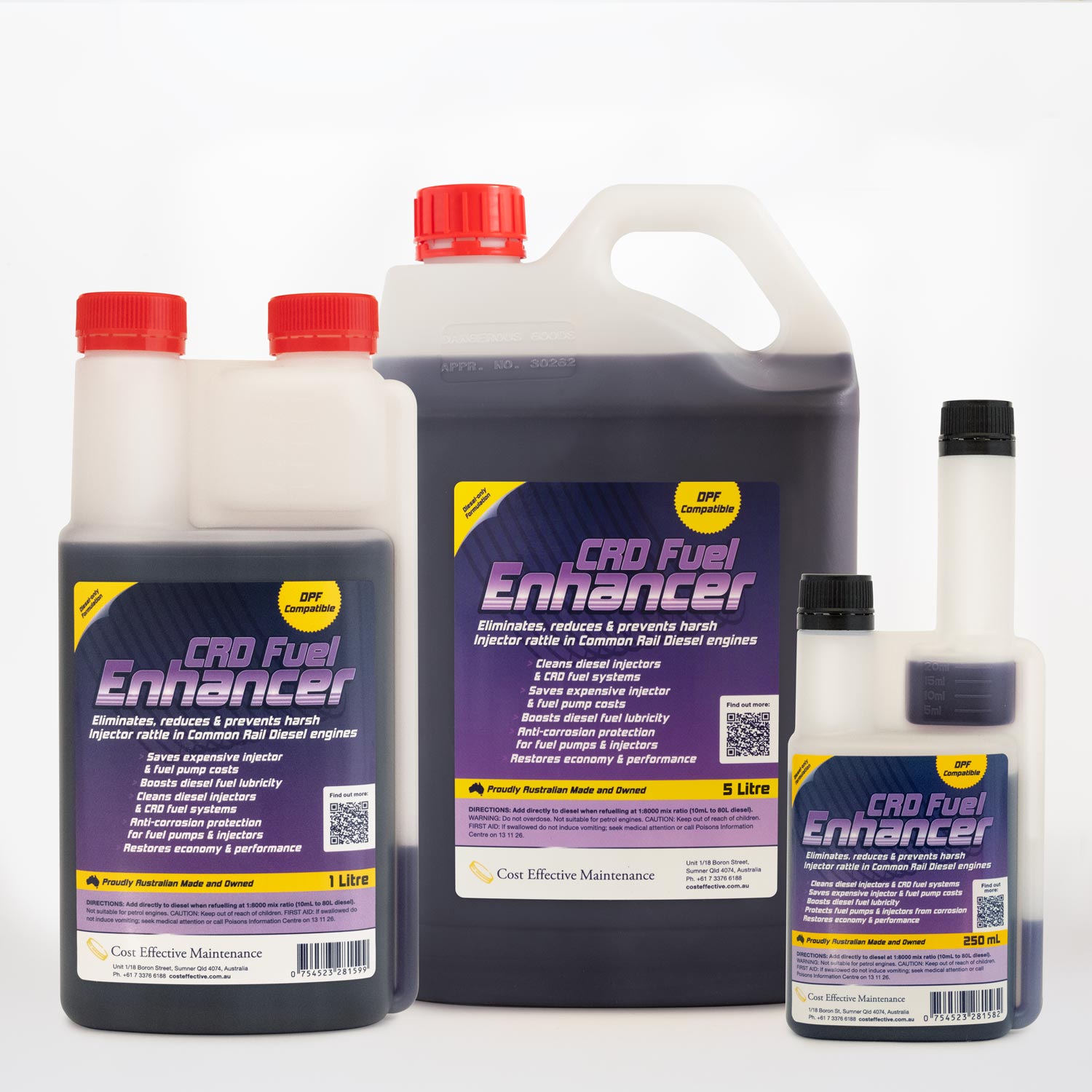
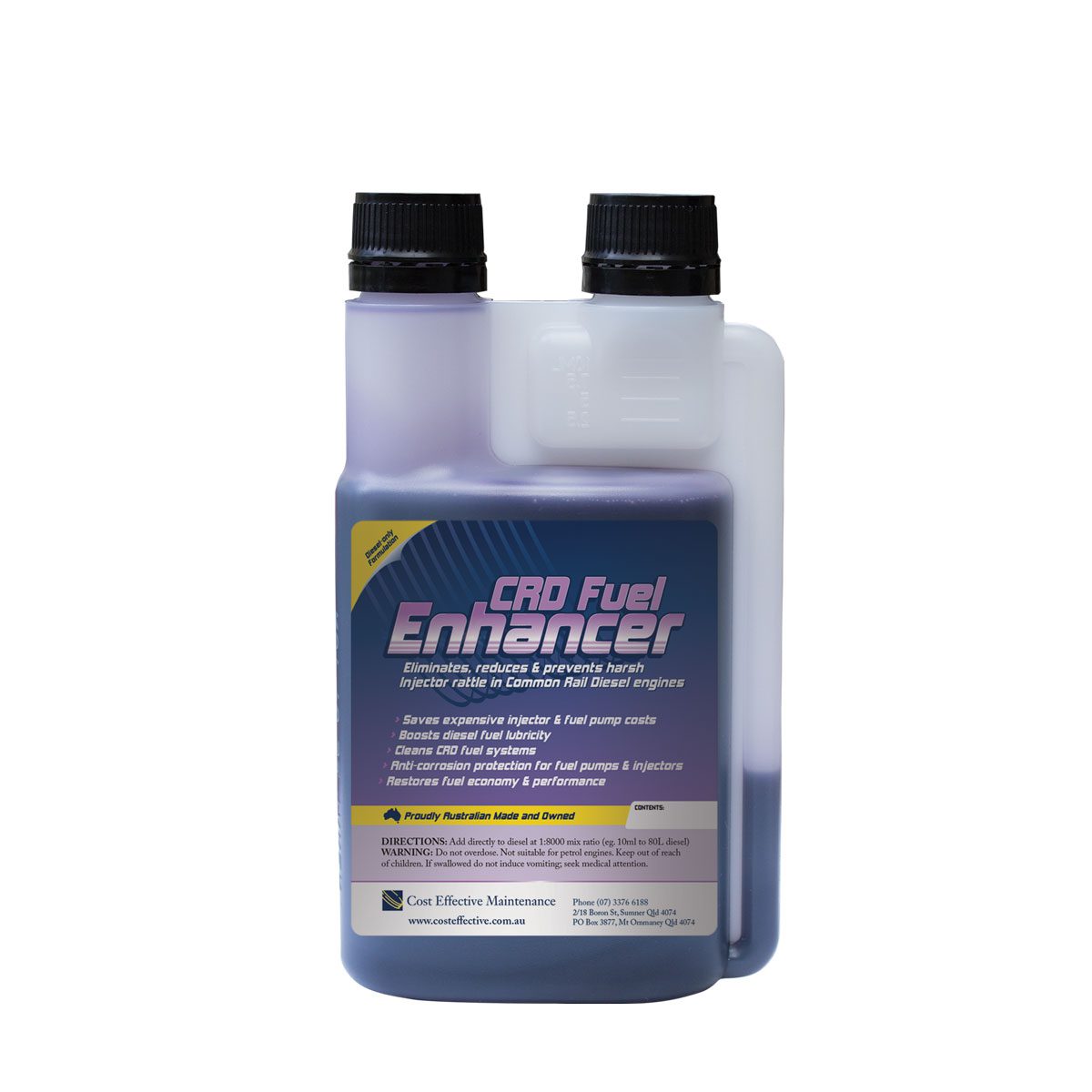

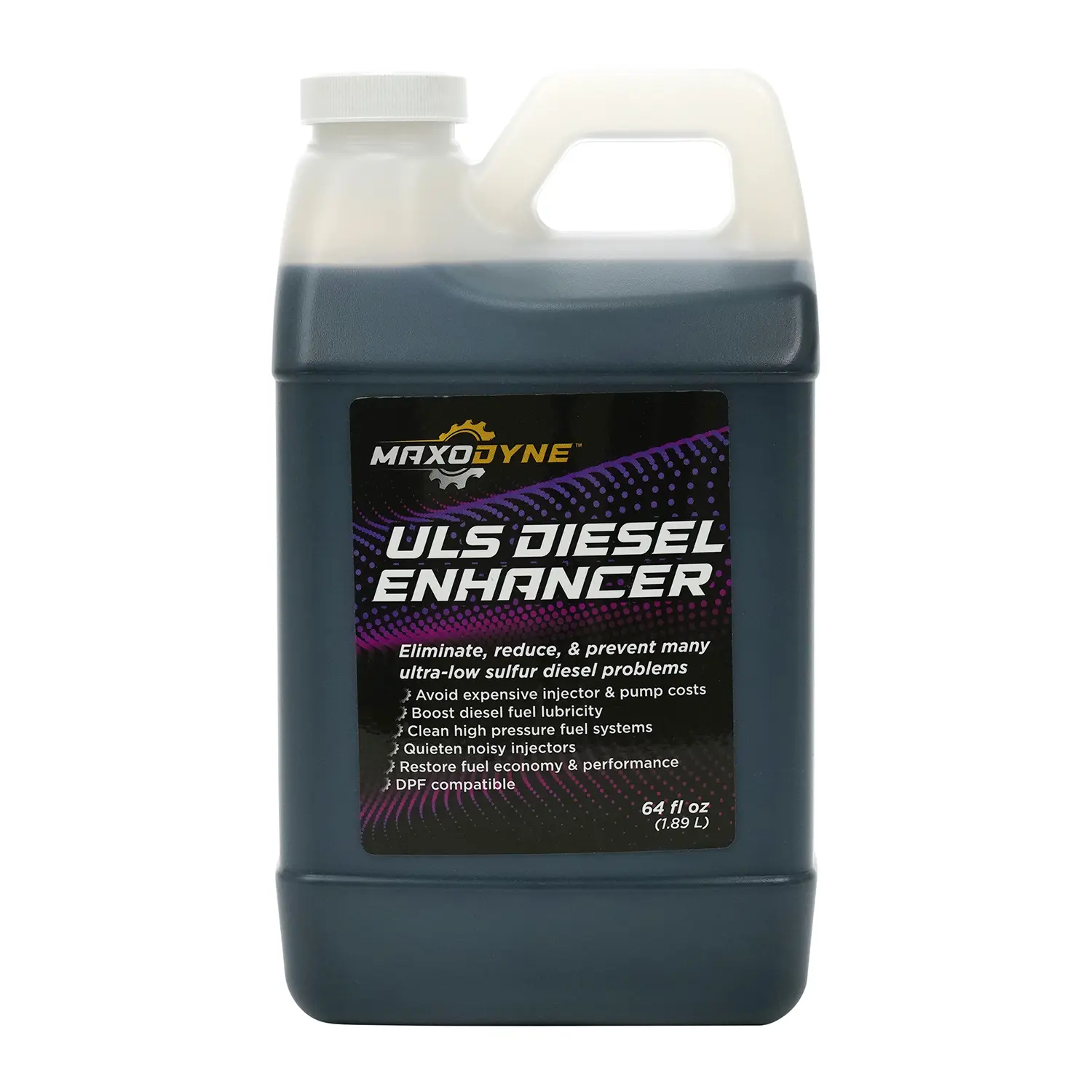
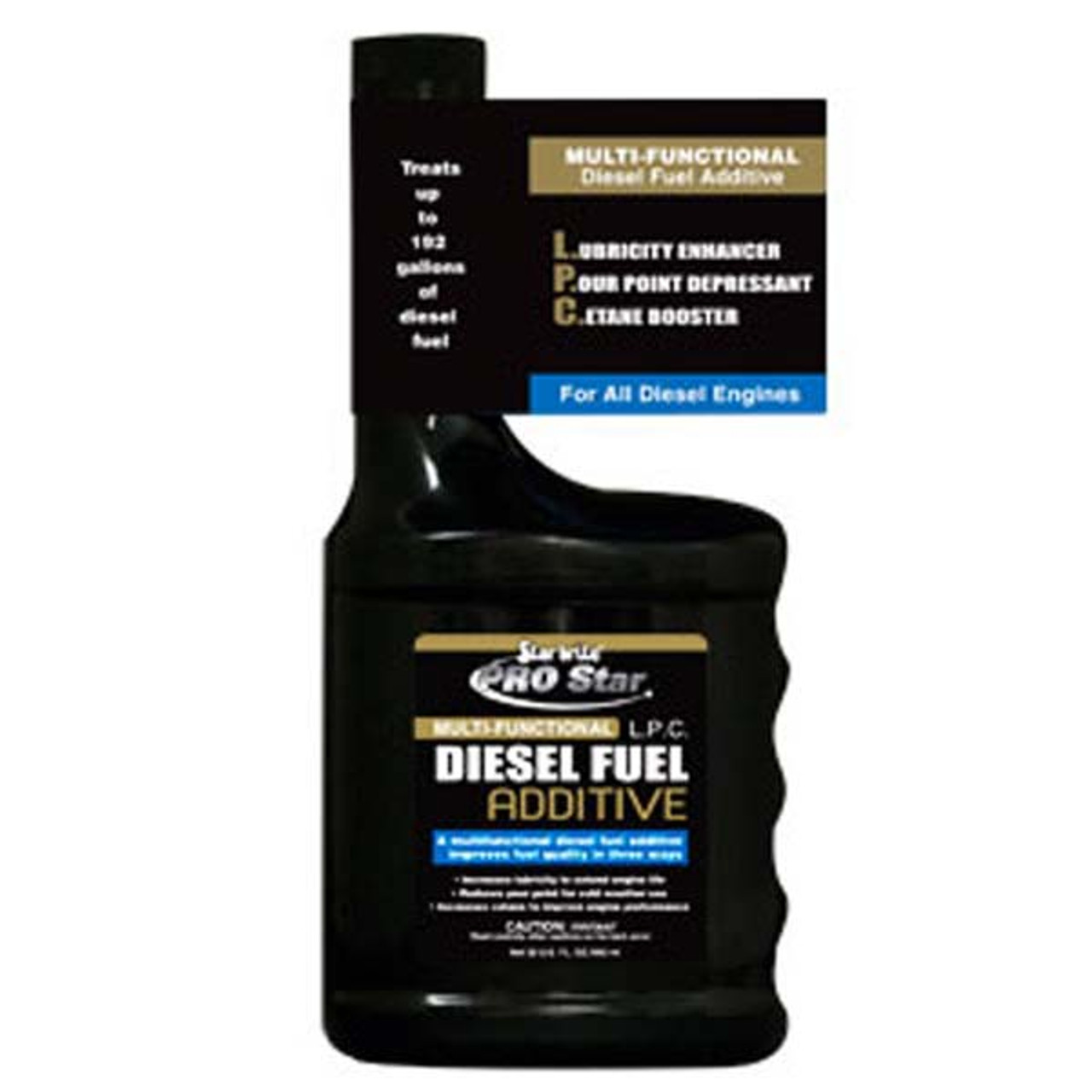
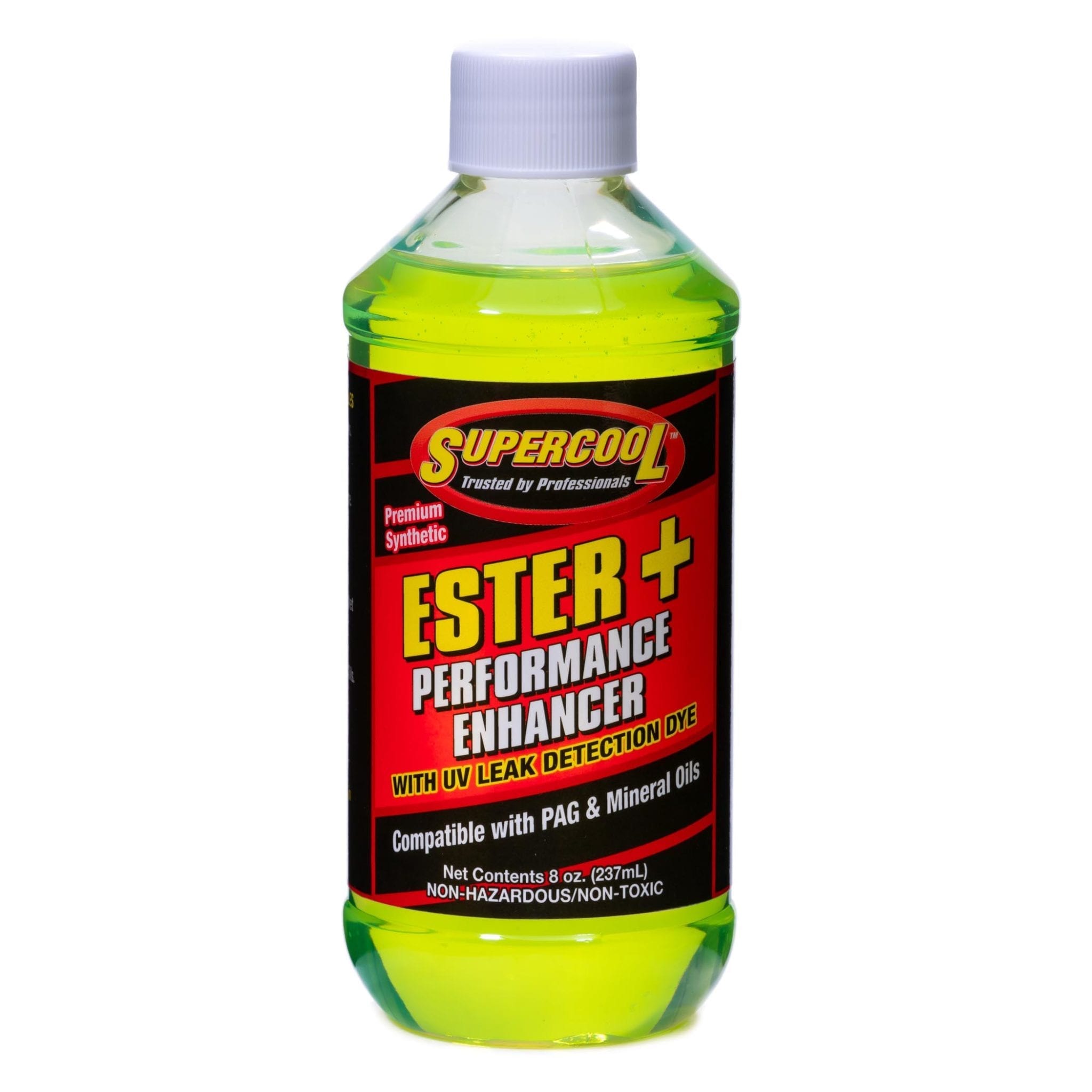


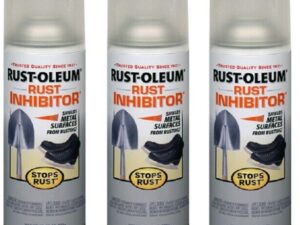
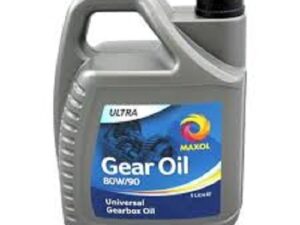
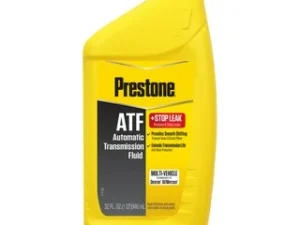
Reviews
There are no reviews yet.